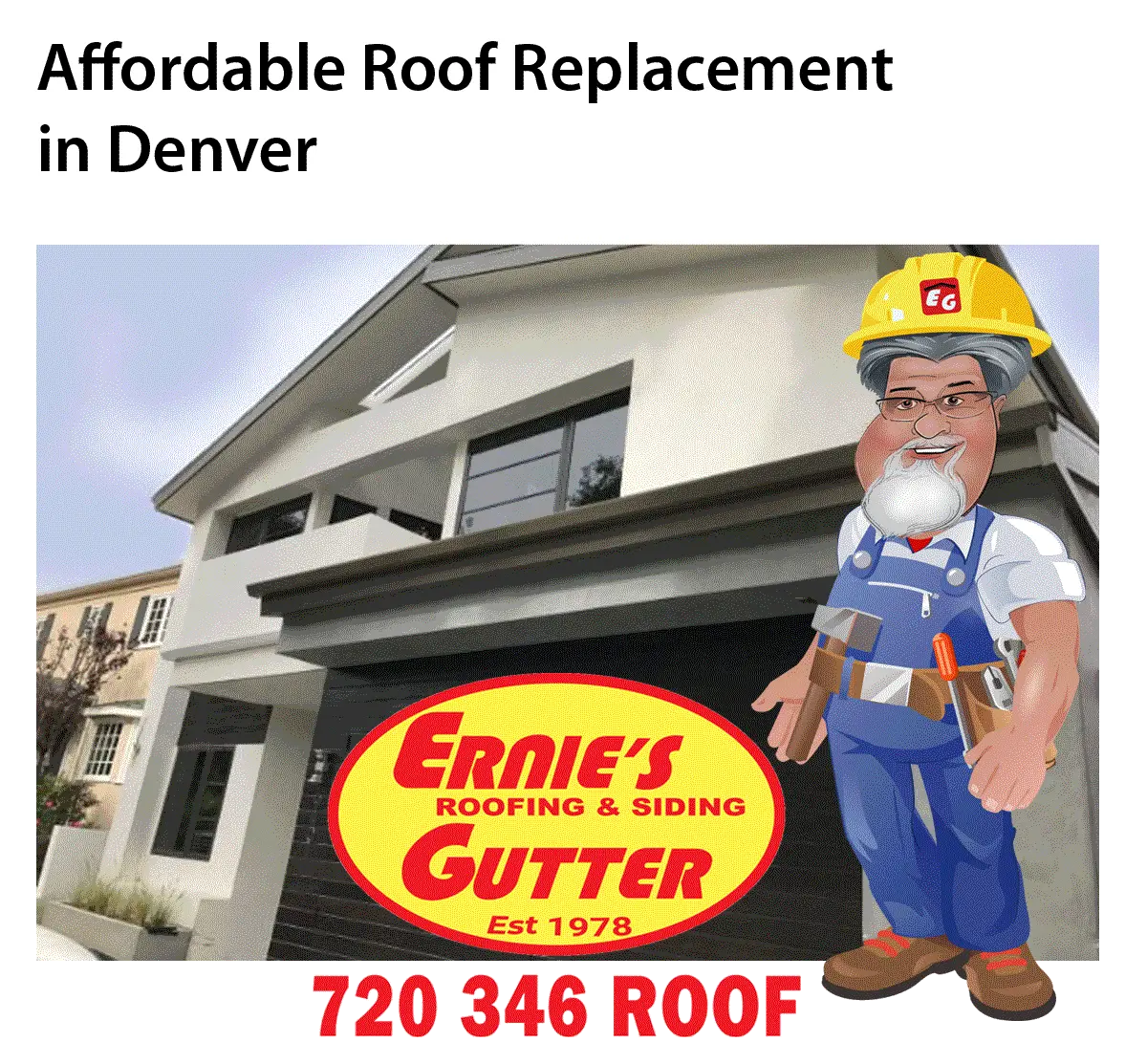Roof Buying Guide 2025
Roof Buying Guide 2025: The Ultimate Guide to Choosing the Best Roof for Your Home
When it comes to selecting the perfect roof for your home, there are numerous considerations that must be taken into account. Whether you’re building a new house or replacing an existing roof, making an informed decision will not only protect your property but also ensure long-term durability, energy efficiency, and aesthetic appeal. This 2025 roof buying guide aims to provide you with detailed insights into the various types of roofs, materials, installation processes, and other essential factors to help you make the best choice for your home.
Understanding the Different Types of Roofs
Choosing the right type of roof is essential to ensure the safety and longevity of your home. Here are the most common types of roofs:
1. Gable Roof
The gable roof is one of the most traditional and widely used roof styles. Characterized by two sloping sides that meet at a ridge, it offers great structural stability and is ideal for areas with heavy rainfall and snow. Gable roofs are easy to build and provide excellent ventilation and attic space.
2. Hip Roof
A hip roof has slopes on all four sides, which meet at a ridge. This type of roof is more complex to build but offers better protection against high winds. Hip roofs are durable and can withstand harsh weather conditions, making them an excellent choice for areas prone to storms and hurricanes.
3. Flat Roof
The flat roof is a modern and minimalist option, often used in commercial buildings or homes with a contemporary style. Flat roofs require proper drainage to prevent water accumulation, which can lead to leaks. These roofs are often more affordable but require regular maintenance to keep them in good condition.
4. Mansard Roof
A Mansard roof features a four-sided design with steep slopes on both the lower and upper portions. This roof style offers increased living space in the attic and is commonly used in French-inspired architectural designs. Mansard roofs are aesthetically appealing but require skilled craftsmanship for installation.
5. Shed Roof
A shed roof is a simple design with a single, sloping plane. It is often used for modern homes or extensions due to its clean and minimalistic appearance. Shed roofs are easier to construct and can provide a unique architectural touch to your home.
Choosing the Best Roofing Materials
The type of roofing material you choose will play a crucial role in the performance, appearance, and longevity of your roof. Each material has its own set of benefits and considerations, so it’s important to evaluate your needs before making a decision.
1. Asphalt Shingles
Asphalt shingles are the most common roofing material in residential homes. They are affordable, easy to install, and come in a variety of colors and styles. Asphalt shingles are durable, but they typically have a lifespan of 15-30 years, depending on the quality. They are suitable for a wide range of climates and offer good protection against the elements.
2. Metal Roofing
Metal roofing has become increasingly popular due to its longevity and energy efficiency. Metal roofs are known for their resistance to extreme weather conditions, including high winds, hail, and snow. They are available in a variety of materials, including aluminum, steel, and copper. Metal roofs can last 50 years or more with proper maintenance, making them a great investment for homeowners looking for durability.
3. Clay and Concrete Tiles
Clay and concrete tiles offer a distinct, high-end look to homes, particularly in Mediterranean and Spanish-style architecture. These materials are highly durable and can withstand extreme heat, making them ideal for warmer climates. Clay tiles, in particular, are resistant to fire and pests. However, they can be heavy, so proper structural support is essential during installation.
4. Wood Shingles and Shakes
Wood shingles and shakes provide a natural, rustic appearance that complements many traditional home designs. These roofing materials are typically made from cedar or redwood and offer good insulation properties. While they provide an attractive look, they require more maintenance than asphalt shingles, and their lifespan is generally shorter, typically ranging from 20-40 years.
5. Slate Roofing
Slate roofing is one of the most durable and long-lasting options available. Known for its elegant appearance, slate is a natural stone that can last more than 100 years with proper maintenance. It is resistant to fire, water, and extreme weather conditions, making it an excellent choice for homeowners who want a roof that stands the test of time. However, slate roofs are heavy and can be expensive to install.
6. Synthetic Roofing Materials
Synthetic roofing materials, such as rubber, plastic, and polymer composites, are becoming more popular as environmentally friendly alternatives to traditional roofing materials. These materials often mimic the look of natural materials like wood or slate but are lighter, more affordable, and easier to maintain.
Factors to Consider When Buying a Roof
When choosing a new roof, it’s essential to consider various factors beyond aesthetics. Here are the key aspects to keep in mind:
1. Climate and Weather Conditions
The climate in your region will significantly influence your choice of roofing material. For example, if you live in an area with heavy rainfall or snow, a roof with good drainage and the ability to withstand the weight of snow, such as a metal roof or clay tiles, is crucial. On the other hand, homes in hot and sunny climates might benefit from reflective roofing materials like metal roofs or cool roofing shingles, which help keep the interior cool and reduce energy costs.
2. Roof Longevity
Consider how long you want your roof to last. Asphalt shingles typically need replacement every 15-30 years, while metal roofs and slate roofs can last 50 years or more. If longevity is a priority for you, opting for more durable materials like metal or slate may be the best choice.
3. Energy Efficiency
Energy-efficient roofing materials can help lower your utility bills by improving insulation and reducing heat transfer. Reflective roofing materials and cool roofs can reduce heat absorption, keeping your home cooler in the summer months. Insulated roofing systems can also help regulate indoor temperatures, making them ideal for both warm and cold climates.
4. Roof Maintenance
Every roofing material requires a certain level of maintenance to ensure it continues to perform optimally. Asphalt shingles require occasional cleaning and repairs, while metal roofs need to be inspected for rust or damage. Wood shingles and shakes require more regular upkeep to prevent mold, rot, and insect infestations. Make sure to consider the maintenance needs of each roofing material before making your decision.
5. Installation Costs
The cost of installing a new roof can vary significantly depending on the type of material you choose. Asphalt shingles are generally the most affordable, while slate and metal roofs can be more expensive due to the labor and materials required for installation. It’s important to get multiple quotes from contractors to ensure you’re getting a fair price for your roofing project.
Roof Installation Process
The installation of a new roof requires careful planning and skilled labor. Here’s an overview of the roof installation process:
- Inspection and Preparation: Before the installation begins, a professional roofer will inspect your existing roof to assess its condition and determine if it needs to be removed.
- Roof Removal: If necessary, the old roof will be stripped away, and any damaged materials will be replaced.
- Decking and Underlayment: The roof decking, which is the foundation of your roof, will be inspected and repaired if needed. A protective underlayment is then applied to prevent leaks.
- Roofing Material Installation: The roofing material of your choice will be installed, starting at the bottom of the roof and working upwards.
- Finishing Touches: The final touches include installing flashing around chimneys, vents, and other roof penetrations to prevent water infiltration.
Conclusion
Choosing the right roof for your home is a crucial decision that will affect your property for years to come. By carefully considering factors like climate, roofing material, longevity, and energy efficiency, you can select a roof that meets your needs and enhances your home’s overall appearance. Whether you opt for asphalt shingles, metal roofing, or slate tiles, ensure that the installation is done by a reputable and experienced contractor to guarantee optimal performance and durability.
OUR SERVICES
Your Neighborhood Roofing Contractor
Get more information concerning our service, do not wait to call us at 720 346 ROOF today. We’ll be more than happy to schedule a meeting with you.
Residential Roofing Contractor
Ernie’s Roofing specialize in residential roofing in Denver and have a team of experienced professional Roofers available to help you get the job done right The First Time. From minor repairs and maintenance to full–scale roof replacements,

Commercial Roofing
We construct, repair, as well as maintain Commercial Roofing systems for services both large and also small, creating personalized services that conserve our client’s time, cash, and also power. Call us at 720 346 ROOF and book a consultation today.

Hail Damage
Their knowledgeable staff is ready to help you assess the damage caused by storms and provide you with a comprehensive repair evaluation & plan. We specialize in all types of roof damage, including hail, wind, and even lightning strikes. Hail Claim Help

INSURANCE CLAIMS HELP
Our team of experienced insurance claim specialists will work with you to ensure that the insurance claim process is as stress-free as possible. We will work with your insurance company to provide all necessary documentation and estimates to ensure that your claim is processed quickly and correctly.

Wind Damage
When it comes to roof damage, it can be difficult to determine whether the damage was caused by hail or wind. While both types of damage can cause similar symptoms, they have different causes and require different repair methods.
What’s New on The Blog
Roof Repair in Centennial
Roof Repair in CentennialLatest News & Resources When you need a roof contractor you can rely on the team of experts at Ernie's Roofing. We specialize in a wide range of services from new construction, maintenance, and repairs for your home or business.Roof Repair...
Split Boot Roof Riser Pole Flashing Installation
Split Boot Roof Riser Pole FlashingLatest News & Resources When you need a roof contractor you can rely on the team of experts at Ernie's Roofing. We specialize in a wide range of services from new construction, maintenance, and repairs for your home or...
How to Look for Affordable Roof Replacement
Affordable Roof ReplacementLatest News & Resources When you need a roof contractor you can rely on the team of experts at Ernie's Roofing. We specialize in a wide range of services from new construction, maintenance, and repairs for your home or business.Don’t...
#1 Rated Roofing Contrator In Denver
Craftsmanship That Stands Like a House
Let’s Get Your Project on the Right Track

Let’s Get Started


